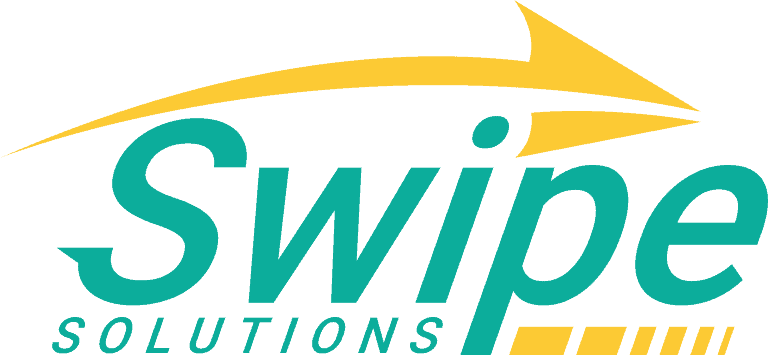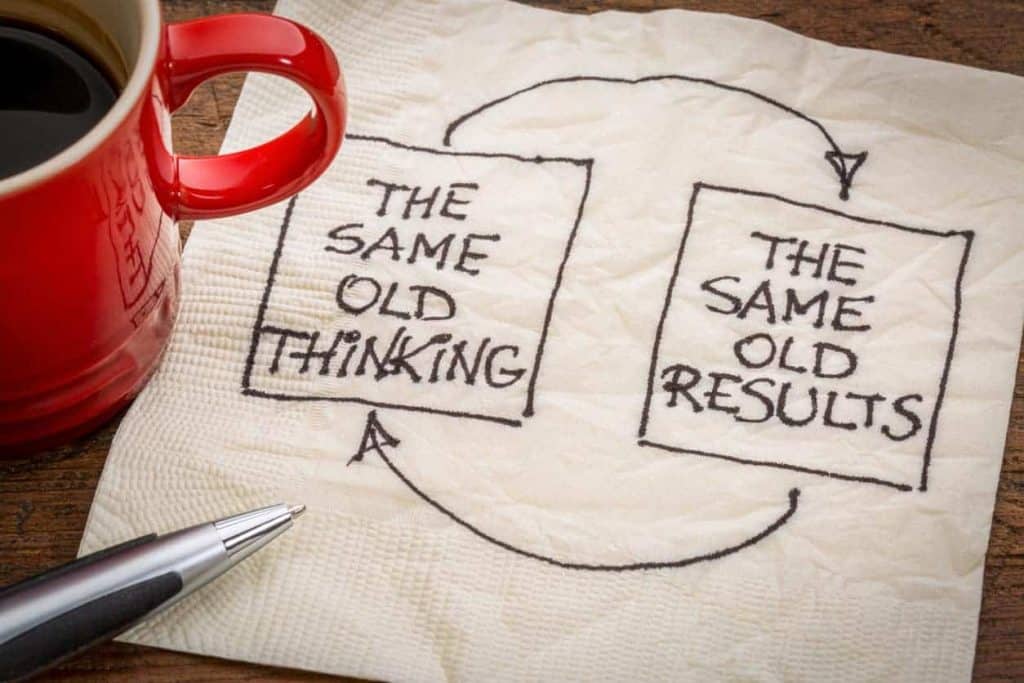Tips to Avoiding the Minimum Payment Trap
Many people wonder how to pay off debt. When it comes to paying off debt, one of the worst things you can do is pay only the minimum. Credit card companies and other lenders provide a minimum payment that will keep your bill current. However, you’ll want to do all that you can to pay more than the minimum each month. This is a trap that can wind up costing you thousands of dollars over the life of a loan.
What Is A Minimum Payment
Simply stated, a minimum payment is the minimum amount a creditor will accept to keep your account from going into arrears. However, it’s good to remember that minimum payments are not all equally important to avoid.
You’ll want to avoid paying the minimum on high-interest debt. Many credit cards will come with a minimum payment that’s equal to 2% of the outstanding balance. Even a relatively small credit card bill of $1,000 with a 15% annual interest rate could take nearly 10 years to pay off if you only make the minimum payment each month. The first dollars you put toward the debt go to paying off the interest charge. Additionally, over the life of your credit card loan, you’d wind up paying more than $850 in interest costs. If you could avoid this interest cost because you decide to pay off credit cards more quickly, those are dollars that could go toward something that benefits you, not the bank.
Why Pay The Minimum?
Some loans come with lower interest rates. A mortgage is a common example.
By paying the minimum payment, you can actually improve your cash flow. Less of your money in the current month will go toward debt payment. It will take longer to pay off the debt, but there may be less pressure on your finances in the short run. As long as you can avoid taking on more debt, you should have more flexibility.
With the cash flow that you free up, you could build up a small emergency fund to give you even more peace of mind. However, once it’s built up, make sure to go back to paying off your debt.
Use The Debt Snowball
By focusing on one debt at a time, you can make more headway than you could by trying to pay extra on all of your bills. The debt snowball advocated by Dave Ramsey is a great option.
One of the best ways to pay off debt is known as the debt snowball. This method will not help you avoid paying minimums, but it will improve your cash flow. You will maintain the minimum payment on all debts in the debt snowball. After making the minimum payments, you’ll then move on to putting every extra cent you can come up with toward your smallest debt.
By getting rid of one debt, you can move all of the monthly payments that went toward it toward the smallest debt that remains. Even adding the minimum payment will accelerate the next payoff. Over time, you should be able to put a large payment toward your remaining debts. The snowball will build momentum, and you should be able to see more progress being made on a monthly basis.
Use The Debt Avalanche
The debt avalanche is another option for paying off your debt by focusing on one debt at a time.
Unlike the debt snowball, the debt avalanche focuses on the debt with the highest interest rate rather than the smallest debt. This option makes more mathematical sense because every dollar extra that you pay toward your debt with the highest interest rate will cut down the amount of your income that’s going toward interest each month.
Like the debt snowball, you’ll focus on only one debt. Every extra dollar that you can find should go toward paying off the debt with the highest interest rate. As you pay the debt down, the amount of your income that goes to interest should go down each month. Making the same payment each month will soon lead to more of your payment going toward paying down your principal.
How To Pay More
Spend Less
If you’re wondering how to pay off debt quickly, making sure that you set up a budget and cut all unnecessary expenses from your life is a good way to avoid the minimum payment trap.
The money you avoid spending can now go toward paying off your debt. As you’re able to put this extra money toward your debt each month, you should see those debts start to melt away in short order. This will allow you to avoid a great deal of interest over the life of your loan.
Make More
You can only cut so much from your budget. However, there is no limit to the amount of extra money you might be able to bring in each month.
If you have some work experience, you might be able to get a better job with better pay. Any additional money that you can bring in should go toward paying off your debt to free up that income for better purposes. Another option for bringing in more money is starting a side hustle. You might help out with carpentry if you have some skills in this area. It’s also possible to start delivering pizzas or driving people around via an app like Uber. There are endless ways to bring in more money so that you can accelerate your payment schedule.
Take Out A Consolidation Loan
It’s possible to improve your cash flow by cutting the number of payments you have. A great way to do this is through a personal loan or a credit card balance transfer.
You’ll want to have your finances in order before applying for a personal loan. A high credit score will help you cut your interest rate if your debt is mostly tied to credit cards. By consolidating multiple debts into one loan, it’s frequently possible to make only one payment a month. If it’s lower than your combined minimums were, you can put what you were putting toward making minimum payments toward your single debt. This should cut the interest you’ll pay and the time that you stay in debt.
Another option is a credit card balance transfer. I’ve personally used this option before. Many banks will offer a short-term introductory rate of 0% with a 3% or 5% balance transfer fee. By paying the same amount that you paid before the transfer, you should be able to accelerate your payoff because of the low-interest rate. If you can’t pay it off before the introductory period is up, you should try to find another card to transfer the balance to.
Debt Payoff Checklist
- List all of your debts.
- Focus on one at a time.
- Cut your expenses.
- Increase your income.
- Sell something if you need to get momentum.
- Consolidate your debt if the numbers make sense.
Conclusion
Paying the minimum on your debts each month will ensure that you’re in debt longer than you need to be. By taking these tips seriously, you’ll be equipped to pay off credit cards more quickly than you might think possible. By focusing on one debt at a time, you can cut out that payment and put the additional money toward the next debt. Consolidating your debts can be a great way to make sure that you have a lower interest rate so that more of your money can go toward ridding yourself of debt. If you have any questions or comments, be sure to let us know in the comments section.


